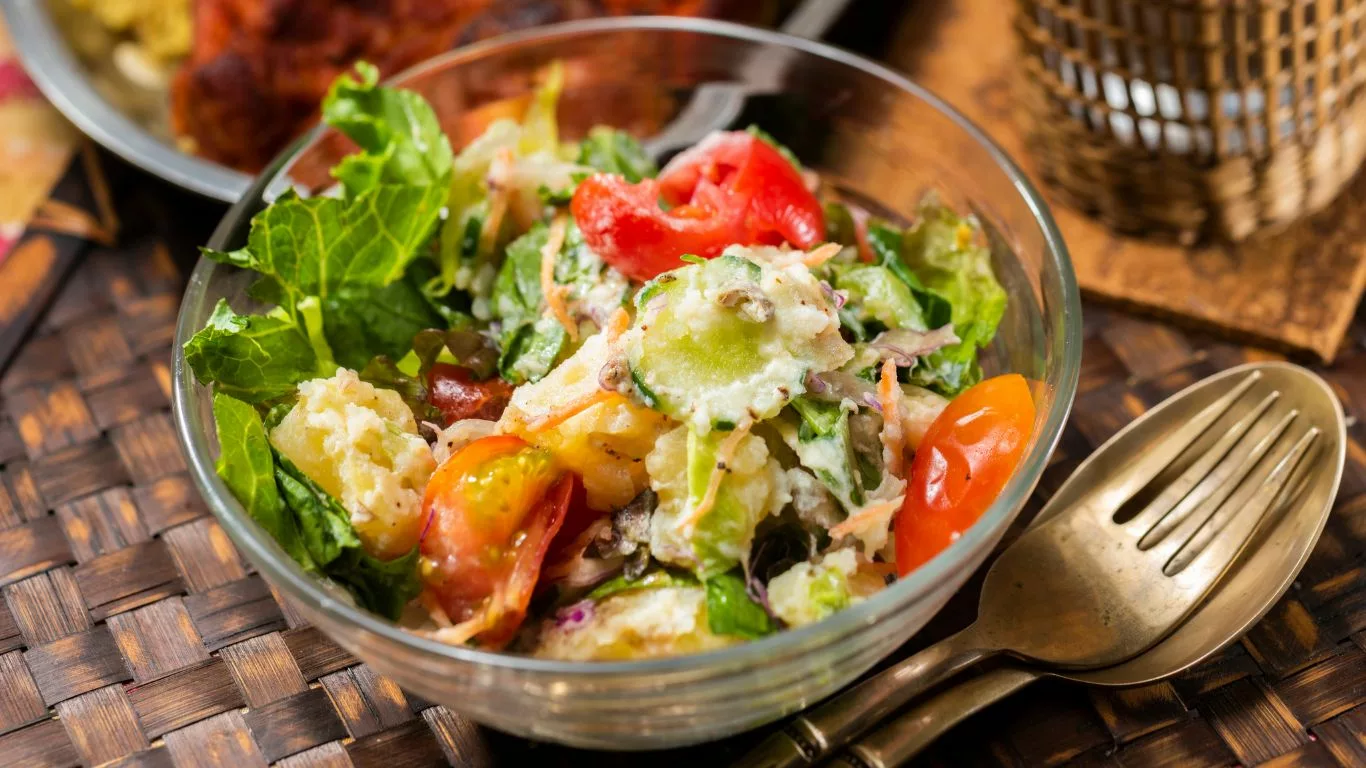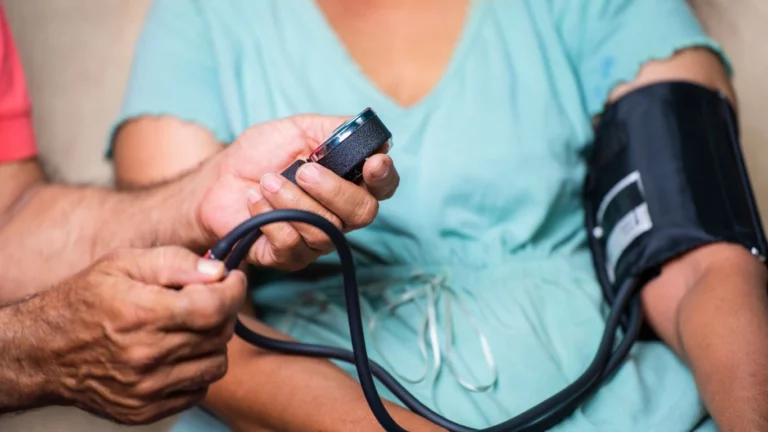What to Eat After Acid Reflux Vomiting – A Comprehensive Guide
In this guide, we explore the best foods to eat after experiencing acid reflux vomiting, offering comfort and relief for your stomach with simple and effective diet suggestions.
Acid reflux is something many of us deal with from time to time. But when acid reflux causes vomiting, it can leave your stomach feeling pretty rough, and you might be wondering: “What can I actually eat now?” Don’t worry; you’re not alone. After an acid reflux episode, choosing the right foods is crucial to help your stomach recover, ease discomfort, and avoid triggering another wave of acid buildup. So, let’s dive into the foods that are easy on your stomach, and helpful tips on how to eat after acid reflux vomiting.

Why Acid Reflux Vomiting Happens
First things first: Acid reflux occurs when stomach acid backs up into your esophagus, which can lead to heartburn. When this acid irritates the throat and stomach lining too much, vomiting can occur. This is known as acid reflux vomiting. After this happens, your stomach and esophagus need time to heal. That’s where food choices become extra important. You need foods that won’t irritate the lining or trigger more acid production.
What to Eat After Acid Reflux Vomiting: The Basics
When you’re recovering from acid reflux vomiting, think of foods that are gentle, soothing, and easy to digest. You want to avoid any foods that could trigger more acid production or cause further discomfort. The key is to go for bland, low-acid, and non-spicy options. Here are some foods that are typically safe and beneficial:
1. Bananas: The Gentle Soother
Bananas are a great go-to food for people dealing with acid reflux. They’re naturally low in acid, easy to digest, and can help coat the stomach, which provides relief. Plus, they’re rich in potassium, which helps restore any lost nutrients after vomiting.
2. Oatmeal: Comfort in a Bowl
Oatmeal is another great option. It’s bland and soothing on the stomach, and it absorbs stomach acid, which can help reduce irritation. Just make sure to keep it plain—no added sugar or toppings that might irritate your stomach further.
3. Plain Rice or Pasta: Simple and Easy
Both plain rice and pasta are easy on the stomach and offer a gentle way to add some bulk to your diet after an acid reflux episode. Avoid heavy, fatty sauces—stick with olive oil or a little butter if you want some flavor.

4. Boiled or Steamed Vegetables: Soft and Digestible
Vegetables like carrots, zucchini, and sweet potatoes are easy to digest and packed with nutrients. Steamed or boiled vegetables, in particular, are a great way to get some vitamins without aggravating your acid reflux. Just make sure they’re not too spicy or seasoned with anything irritating.
5. Chicken or Turkey: Lean Protein
Lean meats like chicken and turkey are a good source of protein without being too heavy. Grilled, boiled, or baked chicken (without the skin) is best. Avoid fried or fatty meats, which can trigger reflux.
What to Avoid After Acid Reflux Vomiting
Now, while there are many foods that will help soothe your stomach, there are also plenty of foods you’ll want to steer clear of in the aftermath of acid reflux vomiting. Here’s what to avoid:
1. Citrus Fruits: Too Acidic
Citrus fruits like oranges, lemons, and grapefruits are delicious, but they are highly acidic. They can irritate your esophagus and stomach lining, making them a big no-no after vomiting from acid reflux.
2. Spicy Foods: Too Much for Your Stomach
Spicy foods can worsen acid reflux symptoms and should be avoided until you’re fully recovered. Foods with chili, hot sauce, or strong spices can irritate the stomach lining and cause further acid production.
3. Fried or Fatty Foods: Hard to Digest
Fried and fatty foods are slow to digest, which can put pressure on your stomach, leading to more acid reflux. It’s better to avoid these until your stomach has had time to heal.
4. Carbonated Drinks: Gas and Bloating
Carbonated drinks, such as sodas and sparkling water, can cause bloating and discomfort in your stomach. The bubbles can increase gas, which could lead to more acid reflux symptoms, so it’s best to avoid them for a while.
How to Eat After Acid Reflux Vomiting
Eating after acid reflux vomiting requires a little extra care. Here are some tips on how to approach mealtime:
1. Eat Small, Frequent Meals
Instead of sitting down to big meals, opt for smaller, more frequent meals throughout the day. Eating too much at once can put additional strain on your stomach and trigger reflux symptoms.
2. Stay Upright After Eating
After you eat, try to stay upright for at least 30 minutes. Lying down can encourage acid to flow back into your esophagus, which can worsen symptoms.
3. Sip Water Throughout the Day
Hydration is key, especially after vomiting. Sip on water throughout the day, but avoid gulping down large amounts at once, as this can put pressure on your stomach. Stay hydrated, but go slow.

Tips for Preventing Acid Reflux Vomiting in the Future
Once you’ve recovered from an acid reflux episode, there are steps you can take to avoid future occurrences of acid reflux vomiting:
1. Avoid Eating Right Before Bed
Try to avoid eating within two to three hours of bedtime. This gives your stomach time to digest before you lie down, preventing acid from backing up into your esophagus.
2. Identify Trigger Foods
Everyone’s triggers are different. Keep track of what foods or drinks tend to cause acid reflux symptoms for you and try to limit or avoid them. Common culprits include chocolate, coffee, alcohol, and mint.
3. Manage Stress
Stress can contribute to acid reflux. Finding ways to relax, like practicing deep breathing or yoga, can help prevent reflux from occurring in the first place.
Conclusion
Recovering from acid reflux vomiting isn’t fun, but with the right foods, you can help your stomach heal quickly and get back to feeling like yourself. Stick to bland, easy-to-digest options like bananas, oatmeal, and lean proteins, and steer clear of acidic, fatty, or spicy foods. By following these simple guidelines and practicing good eating habits, you can prevent further flare-ups and keep your digestive system calm.
Appendices
FAQs
- Can I eat spicy foods after acid reflux vomiting? No, spicy foods should be avoided as they can irritate your stomach and make reflux worse.
- How long should I wait before eating after acid reflux vomiting? Give your stomach some time to rest, ideally 1-2 hours, before trying to eat something light and easy to digest.
- Can drinking water help with acid reflux vomiting? Yes, sipping water can help wash down any leftover acid and prevent dehydration, but avoid drinking too much at once.
Related Table
| Food Type | Braces-Friendliness | Recommendation |
|---|---|---|
| Bananas | High | Soothing and gentle |
| Oatmeal | High | Safe and gentle |
| Boiled Vegetables | High | Great for digestion |
| Fried Foods | Low | Avoid |
Disclaimer: The information provided in this article is for educational purposes only and does not substitute for professional medical advice. Always consult with your healthcare provider regarding any dietary concerns after acid reflux vomiting.

Camellia Wulansari is a dedicated Medical Assistant at a local clinic and a passionate health writer at Healthusias.com. With years of hands-on experience in patient care and a deep interest in preventive medicine, she bridges the gap between clinical knowledge and accessible health information. Camellia specializes in writing about digestive health, chronic conditions like GERD and hypertension, respiratory issues, and autoimmune diseases, aiming to empower readers with practical, easy-to-understand insights. When she’s not assisting patients or writing, you’ll find her enjoying quiet mornings with coffee and a medical journal in hand—or jamming to her favorite metal band, Lamb of God.






